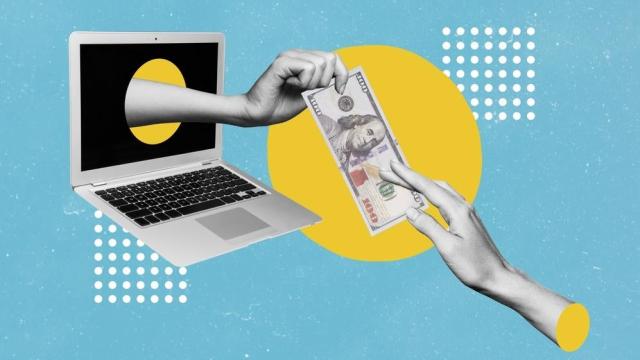On Tuesday, the Wall Street Journal reported that Meta plans to charge European users $US17 a month for an ad-free version of Instagram and Facebook. It solidifies a trend that would have seemed absurd just a few years ago: every major social media platform now either has a premium tier or is experimenting with rolling one out. It’s the dawning of a new era, where the tech industry suggests people should pay to look at memes and tweets, and somehow, vast numbers of people break out their credit cards and do it.
Meta joins TikTok, which confirmed it’s testing its own ad-free subscription plan Monday after Android Authority found a prompt for a $US4.99 service buried in the app’s code. The companies follow others already blazing the paid trail. X, the platform formerly known as Twitter, has its famous $US8-a-month blue check mark (which also comes with fewer ads and other dubious features), and anyone who isn’t already paying YouTube is familiar with its promotions for the $US13.99 ad-free experience. Even Snapchat has a $US4 monthly tier, which earns you custom features and tools.
When Elon Musk proposed his $US8 plan, many observers mocked the idea that anyone would be dumb enough to pay for Twitter, but the joke’s on the Twitterati. A reported 640,000 people seem happy to cough up the money, including 24 members of Congress. (As a private company, take any Twitter-related numbers with a grain of salt) Snapchat+ is doing even better with a reported 5 million subscribers, and YouTube said it passed 80 million Premium users last year. There’s no word from TikTok about its fledgling subscription tests, but the comments sections on videos about the app’s premium plan are full of users who say they’d love to sign up. Instagram and Facebook already offer a subscription service, in fact, though it only comes with verification and an algorithm boost, and there’s no word about how many people have signed up.
This is a radical departure from the business model that ran social media for the past few decades, where you offer your eyeballs to the advertising gods in exchange for free connections to friends and content creators. The old cliche goes that if you’re not the customer, your product. Now, it seems, you’re both.
It’s a system that creates perverse incentives for companies. Social media isn’t the first industry to charge customers for a more comfortable experience. Airlines, for example, offer the tech business a troubling, anti-consumer model. You’ve probably noticed air travel has gotten a lot more unpleasant. That’s by design. Over the last twenty years, airlines have found ways to charge customers for options that used to be free, including checked bags, seat selection, and priority boarding. Legroom, too, is now a way to squeeze travelers for more cash. By 2014, Consumer Reports found that on average, the roomiest seats in coach were several inches tighter than the smallest seats that airlines dared to offer passengers in the 1990s. Airlines have such a stranglehold on our economy that they can make their customers suffer, on purpose, to encourage you to pay for a little relief.
You can probably expect the same on social media. It’s already happening to a certain extent. On YouTube, the serfs who want free videos are now sometimes treated to two or even three unskippable ads, and incessant popups that promise a better life is just a few dollars away.
X/Twitter’s paid plan is another example. The premium tier comes with a boost in the algorithm; if you have a blue check, your posts rise to the top. Other users are far less likely to see anything you tweet if you aren’t shelling out $US8 a month, let alone the joys you’ll experience as the app grows more and more cluttered with ads. Using Twitter as a free user is an increasingly less appealing exercise.
That’s nothing compared to a 6-hour flight with your knees pressed against the seat in front of you, but it’s early days in the age of paid social media. Airlines are able to get away with their unpleasantries because they introduce them slowly and follow each other’s miserable leads. Don’t like American Airlines? You’re welcome to switch to Delta—if they’re flying the same route—but you can expect to be treated about the same. As long as the big platforms stick together, and there’s nowhere else to go that offers a more pleasant experience with the same large networks, they can join in a race to the bottom for user experience.
Defenders of the billionaires in Silicon Valley will tell anyone who complains that they’re welcome to quit social media. But we’re living in a world where apps like Instagram, YouTube, and TikTok are essentially infrastructure. Just like choosing not to ride on airplanes isn’t really an option, for many, using social media isn’t much of a choice either.
